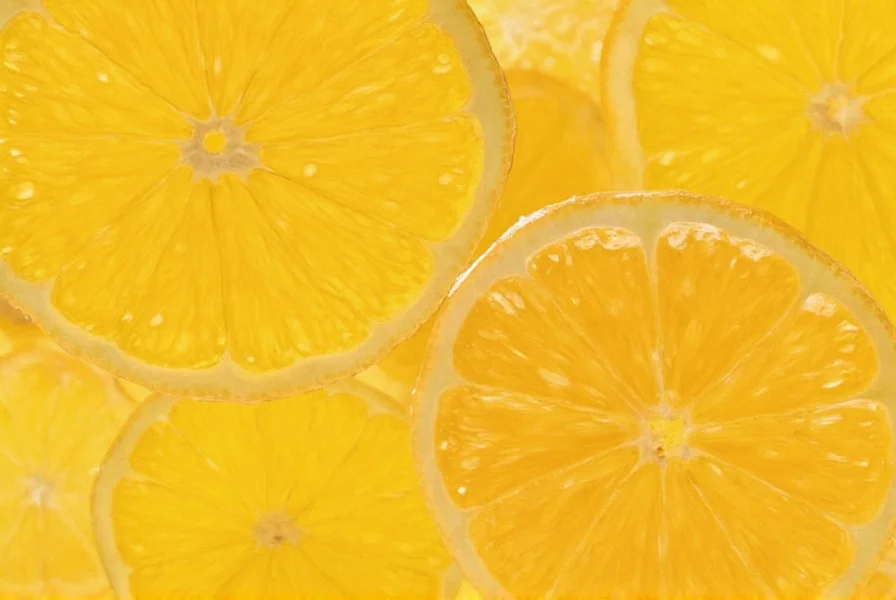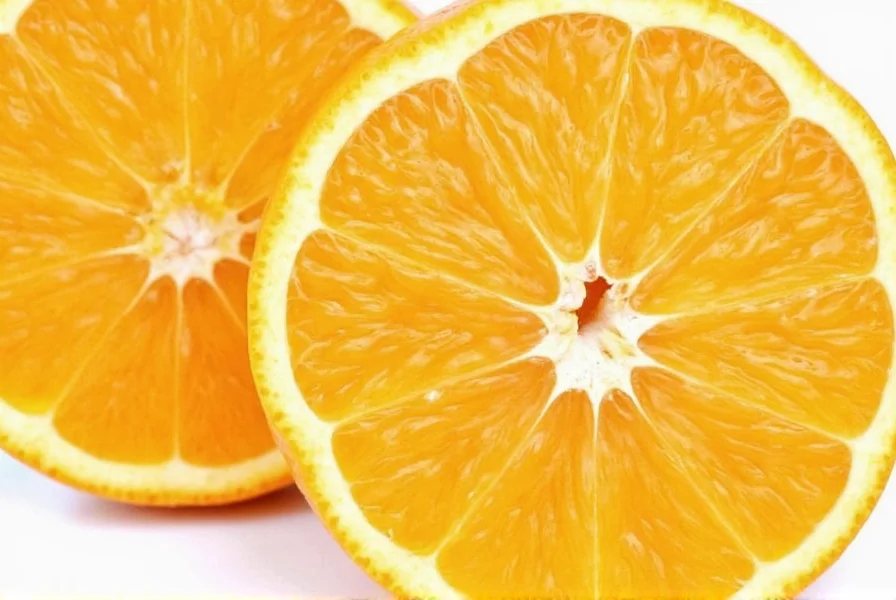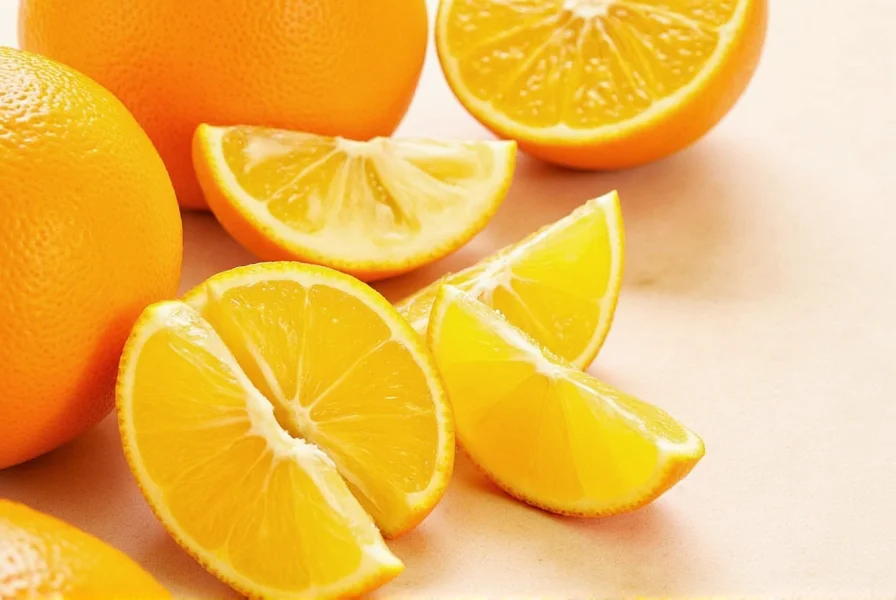
If you're out of orange zest, here are the top 10 substitutes with exact measurements, flavor profiles, and recipe-specific usage tips to save your dish instantly.
Top 10 Orange Zest Substitutes with Usage Guide
| Substitute | Flavor Profile | Usage Ratio | Best For | Caution |
|---|---|---|---|---|
| Lemon Zest | Fresh, tangy, slightly sharper than orange zest | 1:1 | Baking, sauces, fish dishes | Slight shift in flavor; less floral |
| Lime Zest | Tart, tropical, more acidic bite | 1:1 (use sparingly) | Cocktails, ceviche, key lime pie variations | Potentially overpowering if overused |
| Grapefruit Zest | Bitter-sweet, bold, complex | Use half the amount | Rubbed into meats, used in glazes | Bitterness may dominate lighter recipes |
| Bergamot Zest/Oil | Elegant, floral, tea-like aroma | 1 drop of oil = 1 tsp zest | Desserts, Earl Grey-inspired dishes | Very potent; use conservatively |
| Citrus Extract | Concentrated flavor; artificial or natural depending on brand | ½ tsp extract = 1 tsp zest | Baked goods, icings, syrups | May lack depth compared to fresh zest |
| Orange Extract | Most similar to orange zest flavor-wise | ½ tsp extract = 1 tsp zest | Any dessert calling for orange zest | Avoid using too much to prevent chemical taste |
| Marmalade | Sweet, fruity, slightly bitter | 1 tbsp marmalade = 1 tsp zest | Glazes, baked desserts, fillings | Adds sweetness; adjust sugar accordingly |
| Dried Citrus Peel | Earthy, intense, preserved citrus flavor | ½ tsp ground dried peel = 1 tsp zest | Teas, stews, spice blends | Texture may be noticeable if not finely ground |
| Allspice | Spicy, warm, reminiscent of cloves and cinnamon | ¼ tsp allspice = 1 tsp zest | Pies, spiced cakes, Caribbean cuisine | Not a citrus replacement but adds complexity |
| Fennel Seeds | Anise-like, licorice notes | Crushed 1/8 tsp per tsp zest | Mediterranean dishes, brines, pickling | Strong flavor; only suitable in select recipes |

When to Avoid Substituting
While many substitutes work well, there are situations where nothing quite replaces the real thing:
- Recipes That Rely Solely on Zest Texture: Some baked goods or garnishes are designed specifically for zest texture and appearance.
- High-Acid Balance Required: If the zest contributes to acid balance in a sauce or glaze, other zests might alter the harmony.
- Authentic Cuisine Requirements: Mediterranean or Asian dishes often depend on specific citrus varieties for authenticity.
Frequently Asked Questions
Can I use lemon juice instead of orange zest?
No direct swap — lemon juice is acidic and lacks the aromatic oils found in zest. You can use lemon zest, however, at a 1:1 ratio, though the flavor will be tangier.
What's the difference between zest and rind?
Zest refers strictly to the thin, colored top layer of citrus peel that contains flavorful oils. The white pith underneath is called the rind or pith and is bitter. When substituting, always use only the colored part, not the bitter white pith.
Can I freeze orange zest?
Yes! Freeze freshly grated zest in ice cube trays with a little water or oil for easy, portion-controlled future use. Frozen zest maintains its flavor for up to 6 months. You can also freeze dry zest on a baking sheet before transferring to freezer bags.
How much zest does one average orange yield?
A medium orange typically yields about 2-3 teaspoons of zest. The exact amount depends on the orange variety and size, with navel oranges generally providing more zest than smaller varieties like clementines.
Can I substitute dried orange peel for fresh orange zest?
Yes, but use half the amount of dried peel since it's more concentrated. Grind dried peel into a fine powder before using for best results. Dried peel works well in baked goods and spice blends but lacks the fresh aroma of zest.
What's the best tool for zesting an orange?
A microplane zester is ideal for removing just the colored zest without the bitter white pith. Fine cheese graters or specialized citrus zesters also work well. Avoid using coarse graters that pull too much pith along with the zest.
Does the type of orange affect the zest flavor?
Absolutely. Navel oranges have a sweet, mild zest; blood oranges offer a berry-like note; cara cara oranges have a floral, cherry undertone; and Valencia oranges provide a more traditional orange flavor. Choose based on your recipe's flavor profile needs.
Are organic oranges better for zesting?
Yes, organic oranges are preferable for zesting since conventional oranges may have pesticide residues or wax coatings on the peel. If using non-organic oranges, wash thoroughly with a produce cleaner before zesting.
Can orange extract go bad?
Pure orange extract typically has a shelf life of 3-4 years when stored in a cool, dark place. It may lose potency over time but won't spoil. Check for changes in color or aroma to determine if it's still good.
What's the shelf life of frozen orange zest?
Properly stored frozen zest maintains its flavor for 4-6 months. For best results, store in airtight containers or freezer bags with as much air removed as possible. Thaw briefly before using in recipes.












 浙公网安备
33010002000092号
浙公网安备
33010002000092号 浙B2-20120091-4
浙B2-20120091-4